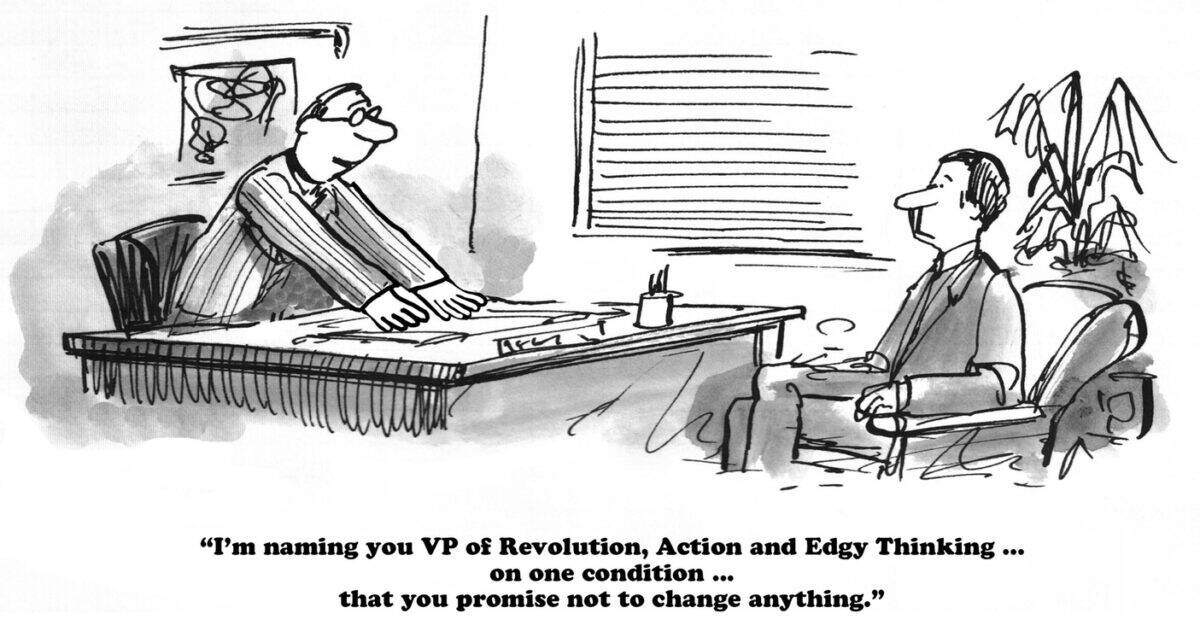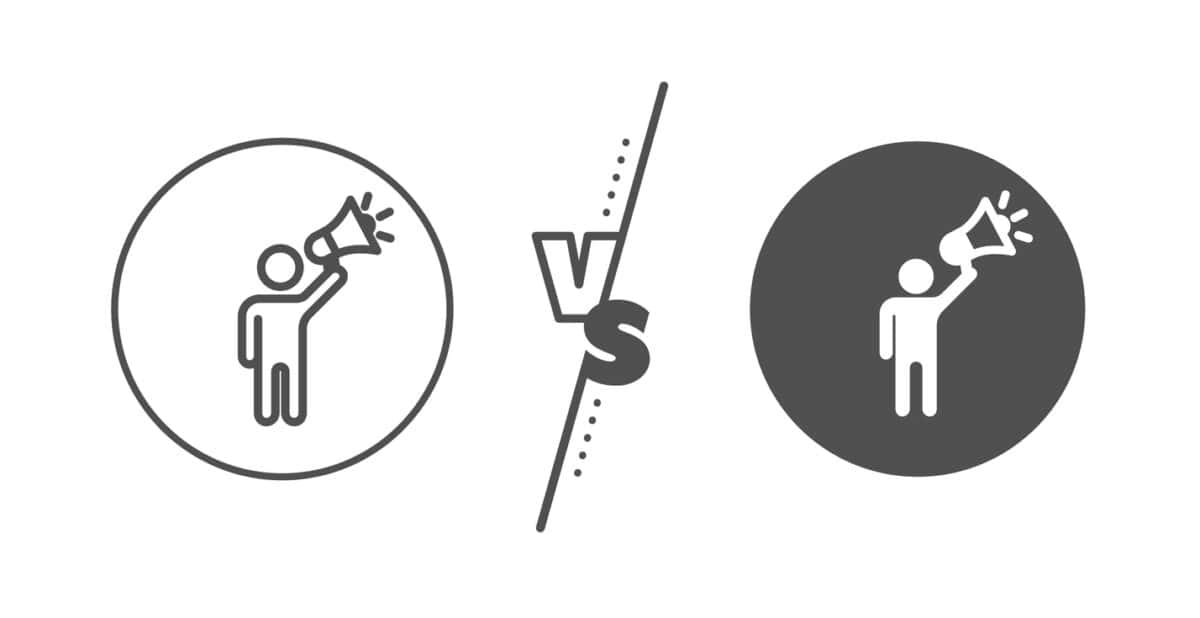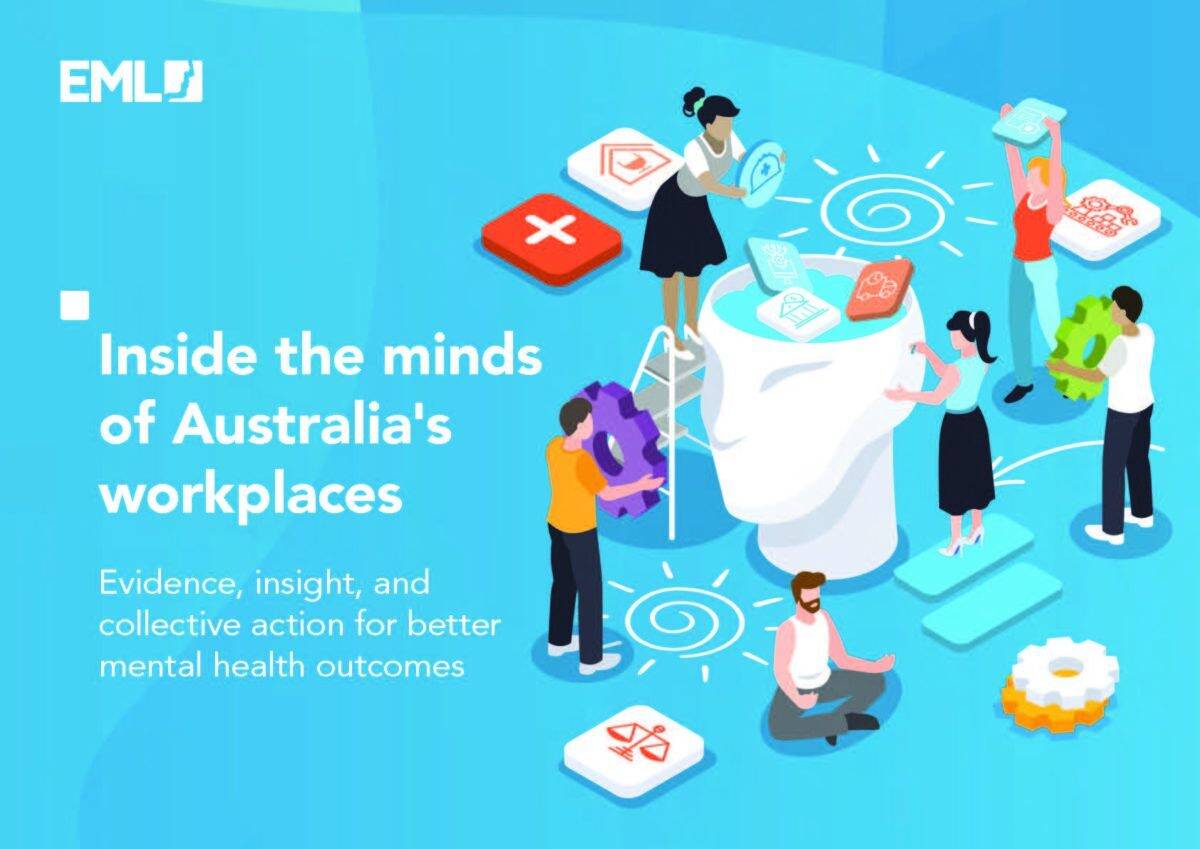In May 2024, Safe Work Australia’s (SWA) Chief Executive, Marie Boland, said she would “be reestablishing a research team and that team will look at options for how we support research and evaluation for the future.” On June 12 2025, SWA announced its “New roadmap for work health and safety and workers’ compensation research“. Progress on occupational health and safety (OHS) is welcome, but it is lacking a few key elements.
Category: health
What is the most persistent barrier to employers preventing psychosocial hazards?
Two prominent experts on psychosocial hazards at work, featuring at the Psych Health and Safety Conference later this week in Sydney, Mary Ann Baynton and I. David Daniels, responded to my question to them (and other speakers) listed in the title above.
Mary Ann Baynton’s response first:
“The two most persistent barriers to employers preventing psychosocial hazards are a misunderstanding of what is required and the belief that it would cost too much in terms of time and effort….”
Tough questions about psychosocial safety and health
Over the next week or so, SafetyAtWorkBlog will be focusing on the issue of psychosocial hazards and psychological risks at work, as we cover the Psych Health and Safety Conference in Sydney. These risks and hazards are the most pressing topic in occupational health and safety (OHS) at the moment, with an increased demand for solutions from workers and the community, as well as heightened expectations for regulatory compliance. I apologise for this intense focus, but I welcome your comments and participation.
I will start by posing this question:
“The Australian approaches to psychosocial hazards and psychological safety in Human Resources and Work Health and Safety have been siloed in the past. Are the approaches getting closer? Is there more cooperation between the two or are the two disciplines’ aims still too different?”
From Work to Incident to Harm to Hurt to Repair to Work
I. David Daniels has gained prominence in Australia through his association with FlourishDx and his appearances at the Psych Health and Safety conferences. Recently, he has published a book on psychosocial hazards and risks. All of this collateral adds authority to his thoughts, but he remains a work in progress for me, a work that I am starting to value and enjoy. Recently, in one of his LinkedIn conversations, he seemed to be implying a new and fresh timeline of workplace mental health, which got me thinking about “harm”, “injury”, “hurt, “damage”, and “trauma”. Daniels wrote:
First steps in preventing psychological harm at work may be the hardest
Occupational health and safety (OHS) podcasts are increasingly common. They are reaching peak-podcast just as peak-blog may have done a few years ago, BUT the increased attention to workplace psychological health continues to create more. A new, short, informative, and useful one is “Inside Safety” with lawyers Steve Bell and Nerida Jessup.
Self-Reported Stress or Diagnosed Distress? New Mental Health White Paper Sparks Debate
On June 3 2025, workers’ compensation insurer EML released its white paper on mental health in Australian workplaces. The paper is full of recent data on worker perceptions of psychological health; however, its significance is limited by relying on self-reported survey data. More interesting information came from the Question and Answer panel session at the report’s Melbourne launch.
Stakeholder vs. Shareholder: The Capitalism Clash Shaping Safer Workplaces
Elements of Andrew Hopkins’ latest book have been spinning in my head for a couple of weeks as they echo my thoughts on occupational health and safety (OHS) over the last few years. I cannot shake his discussion of stakeholder capitalism and shareholder capitalism. These two elements of business management are crucial to our understanding of OHS and how we should proceed, particularly in relation to psychological health.







